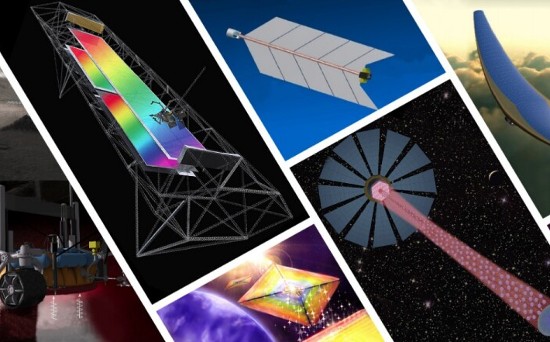In the latest request by NASA to inventors of futuristic technologies, the agency is providing seed money to entice researchers to develop a number of projects of which one is portable oxygen generation to make it feasible for future explorers on Mars to breathe without carrying along with them a bulky supply.
The technology that NASA is providing early-stage funding goes by the acronym TSSD, Thermal Swing Sorption Desorption. It is a technology based on existing production processes here on Earth that are used to separate carbon dioxide (CO2), water, hydrocarbons, and volatile solvents from the air or industrial gasses. What NASA is hoping to see come out of the work being done on TSSD, is a portable technology to extract oxygen from the Martian atmosphere to enable spacesuited astronauts or ones riding in rovers to move about the surface without an encumbering air supply. It would facilitate greatly extended capability for future human explorers on the planet.
NASA’s Space Technology Mission Directorate has involved itself in creating challenges to academia and the private sector as part of the Agency’s Advanced Concepts Program. The funding of both early and second phase projects was announced on February 25, 2022.
Currently, the Perseverance rover is testing an oxygen-generating technology on the Martian service called MOXIE, the Mars Oxygen In-Situ Resource Utilization Experiment. It extracts oxygen from CO2, the predominant gas on Mars. MOXIE works like a plant in absorbing CO2 to make oxygen. It requires electricity as its energy input to begin the process. It can take up to an hour after it starts up before oxygen is extracted.
MOXIE has already demonstrated its capability since the rover landed and began exploring Mars. The plan is to do several different oxygen extraction experiments during the rover’ operational life.
But MOXIE is not terribly portable. It has a mass of 17.1 kilograms and would weigh 37.7 pounds on Earth and 14.14 pounds on Mars. In addition, MOXIE is not designed to scale down for use in a spacesuit or on a rover. It is technology better suited to a fixed structure that when scaled up by a factor of 100 could provide sufficient breathable air for those living inside it.
TSSD is very different. The funding of the study has gone to researchers at Arizona State University. The proposed technology involves a two-step thermally-driven process to separate oxygen from the Martian atmosphere. The claimed end result is ten times more efficient than MOXIE.
The technology could be installed in rovers and in future spacesuits. Rather than electricity, TSSD needs a little bit of heat to get the process going and can produce oxygen in minutes rather than in hours like MOXIE.
The TSSD researchers claim it is exceedingly simple, inexpensive, and robust with no moving parts. It is not susceptible to carbon deposition, the build-up of carbon that eventually would clog the technology over time. And finally, TSSD has applications beyond oxygen generation. For example, it can be used to extract other gasses from ambient air or manufacturing processes including water vapour, nitrogen, and carbon monoxide.
One of twelve Phase 1 concepts receiving funding, TSSD sounds promising. Among the other projects receiving this type of early seed money include:
- a technology that uses digital thread to 3D print custom, high-performance spacesuits on-site for environments like Mars.
- a new spacecraft designed to provide radiation shielding for long-duration human spaceflight.
- a spacecraft designed to harness the Sun’s heat to propel it at high speed out of the Solar System to go and study Earth-like exoplanets circling neighbouring stars.
- a starshade the size of a football field to work with Earth-based telescopes to block light from distant stars to better study the atmospheres and characteristics of their planets.
- a solid-state electric propulsion system for aircraft.
- a probe to parachute into Venus’ atmosphere for the sampling of its gasses with the capability to return these samples to Earth.
In addition, the latest NASA announcement includes second phase funding of projects already on the go. These include:
- BREEZE, an inflatable flier designed to explore the atmosphere of Venus at altitudes between 50 and 60 kilometres.
- ReachBot, a small robot explorer designed to study the caves of Mars with the capability and dexterity for extreme ascents and descents.
- APPLE, (Atomic Planar Power for Lightweight Exploration), a low-mass nuclear power source for future spacecraft of variable design.
- SWIM, a swarm of 3D-printed microbots designed to explore the ocean worlds of Europa, Titan and Enceladus.
- HERDS, a kilometre-sized rotating space platform built of metamaterials and designed to create artificial gravity for human habitations to eliminate many of the physiological challenges humans experience in long-duration missions.








